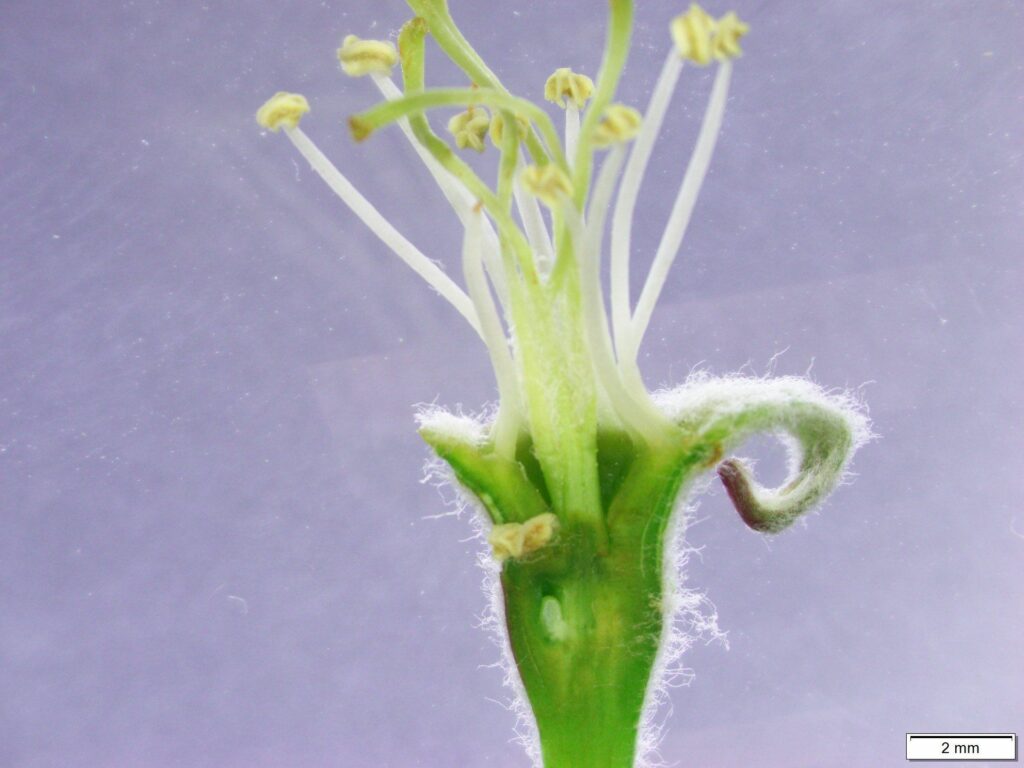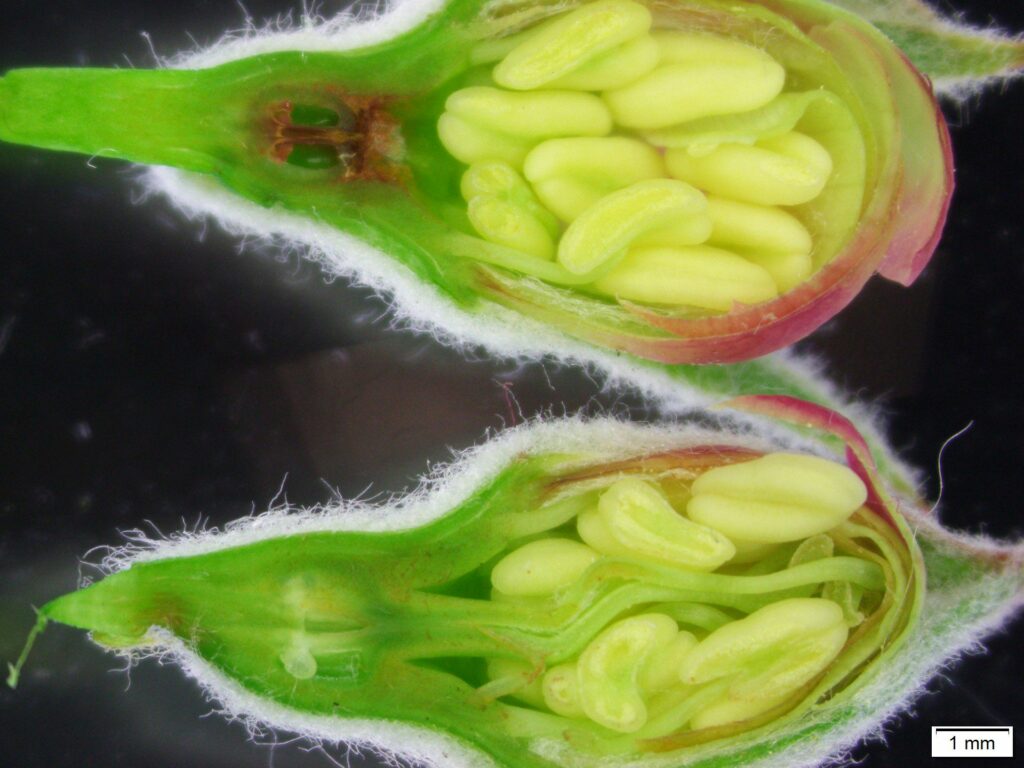Cold Damage and Chemical Thinning
go.ncsu.edu/readext?791105
en Español / em Português
El inglés es el idioma de control de esta página. En la medida en que haya algún conflicto entre la traducción al inglés y la traducción, el inglés prevalece.
Al hacer clic en el enlace de traducción se activa un servicio de traducción gratuito para convertir la página al español. Al igual que con cualquier traducción por Internet, la conversión no es sensible al contexto y puede que no traduzca el texto en su significado original. NC State Extension no garantiza la exactitud del texto traducido. Por favor, tenga en cuenta que algunas aplicaciones y/o servicios pueden no funcionar como se espera cuando se traducen.
Português
Inglês é o idioma de controle desta página. Na medida que haja algum conflito entre o texto original em Inglês e a tradução, o Inglês prevalece.
Ao clicar no link de tradução, um serviço gratuito de tradução será ativado para converter a página para o Português. Como em qualquer tradução pela internet, a conversão não é sensivel ao contexto e pode não ocorrer a tradução para o significado orginal. O serviço de Extensão da Carolina do Norte (NC State Extension) não garante a exatidão do texto traduzido. Por favor, observe que algumas funções ou serviços podem não funcionar como esperado após a tradução.
English
English is the controlling language of this page. To the extent there is any conflict between the English text and the translation, English controls.
Clicking on the translation link activates a free translation service to convert the page to Spanish. As with any Internet translation, the conversion is not context-sensitive and may not translate the text to its original meaning. NC State Extension does not guarantee the accuracy of the translated text. Please note that some applications and/or services may not function as expected when translated.
Collapse ▲Multiple cold nights in early April caused flower bud mortality across several apple production regions including the southeast (NC, SC, and GA), mid-Atlantic (VA) and Midwest (MI). In the southeast, frost/freeze events occurred at pink bud stage to full bloom pending upon location and cultivar. The exception was Rome, which was at a much earlier stage of development.
In cooperation with Eli Snyder (Wilkes County Horticulture Agent), Terry Kelley (Henderson County Extension Director and Tree Fruit Agent), and Ashley Hoppers (Gilmer and Fannin County Extension Coordinator) we evaluated apple bud survival across 8 sites in North Carolina and GA. This update was co-authored by Eli, Terry, and Ashley.
Over 7,800 apple blossoms were dissected and evaluated for this update. I am sincerely grateful for the efforts of this team along with excellent technical support from Issac Wyatt (Henderson County CES Intern) Ken Olson (Master Pomologist), Ivy Olson (volunteer), Krittika Tonapi (UGA Ph.D. Student), Tatiana Zuber (NC State University Research Technician) and several others.

Gala apple blossom with no visible injury to the pistil. This would be categorized as a viable blossom. Photo by Tom Kon, NC State.

Apple blossom with visible injury to the pistil. Any blossoms exhibiting browning/discoloration of the pistil was categorized as “dead”. Photo by Tom Kon, NC State.
This evaluation was conducted following the potential freeze events on April 2 and 3, 2021. In general, the presence and severity of frost/freeze damage was evaluated using a method for assessing fruit bud survival. At each site, ~10 representative limbs from at least varieties (Pink Lady, Gala, Golden Delicious, and Rome) were collected and viability of all blossoms was assessed. Click on tables of interest to enlarge.
Bud mortality ranged widely (1% to 99%), pending upon site and cultivar. While data from most sites indicated potential for a full to partial crop of functional flowers, some sites/cultivars suggested likelihood of a crop failure. In general, higher levels of mortality were observed with Pink Lady (early blooming) and Fuji (cold tender) when compared to Gala. Many sites observed temperatures in the mid to low 20’s for an extended period. Outside of this data, I received multiple reports that Ginger Gold, Mutsu, and Red Delicious suffered significant damage in many locations. In some cases, crop failures were reported.
Additional cold weather is in the forecast this week, as some sites are expected to have one or two more days with temperatures near freezing.
Still have potential for a crop? A few thoughts on thinning.
Most sites are approaching or beyond petal fall. Weather during bloom was generally favorable for pollinator activity. However, due to previous and potential cold injury, initial fruit set is very unsettled. Thinning is a challenging management decision every year, and thinning after a series of freeze events is certainly no exception.
Patience and attention to detail will be critical when thinning in 2021. Delay chemical thinning until there is sufficient evidence that fruit is actively growing. Growing fruit is setting fruit – measuring fruit growth over time will help to determine if thinning is justified. Early and aggressive thinning strategies may be inappropriate.
Apples are easier to thin after cold injury, due to potential damage to seeds and spur leaf tissue. Assessing this injury will be critical prior to applying any thinners.
Fruit with damaged or missing seeds is easy-to-thin, which can increase risk of over-thinning. Spur leaves play a very important role in fruit set and are the primary source of carbohydrates for fruitlets at this time. In addition, absorption of thinning chemicals by damaged leaves is likely greater than when compared to undamaged leaves. In short, I would exercise caution when thinning trees that exhibit injury to seeds and spur leaf tissue. Reduce rates or switch to less aggressive chemistries where appropriate. In some cases, deferring thinning decisions to a later timing or not thinning at all may be prudent.
Given the forecast, delaying thinning until favorable temperatures (>68 °F) are observed is a valid consideration. Even without the concerning low temperatures in the forecast, any thinners applied this week would not be very effective due to limited activity of chemical thinners with cool weather.











